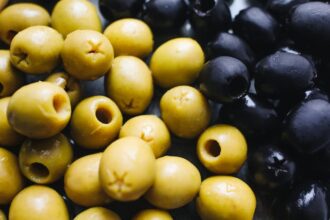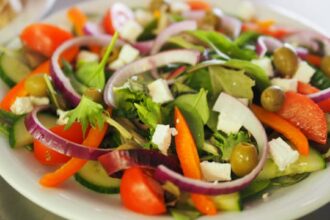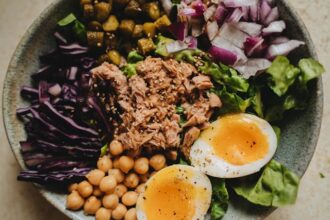Scientists have unveiled groundbreaking antioxidative compounds in Northern shrimp (Pandalus borealis), marking a significant advancement for the food and pharmaceutical industries. This discovery highlights not only the nutritional richness of shrimp but also introduces new compounds with promising health benefits.
Shrimp, known for their substantial nutritional content, also contain valuable substances like chitin and carotenoids. However, with the global rise in shrimp consumption, by-products such as heads, shells, and tails, which can constitute up to 50% of waste, pose a significant environmental challenge. Shrimp shells, in particular, are rich in minerals, proteins, and chitin. This research, therefore, holds the key to transforming these by-products into value-added products, offering a sustainable solution to the environmental issue.
A recent study published in the journal Food Production, Processing and Nutrition on 28 February 2024, conducted by researchers from Memorial University of Newfoundland, has identified antioxidative compounds in Northern shrimp, signalling a vital breakthrough for both the food and pharmaceutical sectors. The study not only reaffirms the nutritional importance of shrimp but also uncovers novel compounds that provide potential health advantages.
In this research, ethanol emerged as the most effective solvent for extracting antioxidant elements from shrimp by-products, especially the shells, which exhibited high levels of total phenolic content (TPC) and carotenoid content (TCC). This finding not only highlights the efficiency of ethanol in extraction processes but also exposes the strong antioxidative properties present in shrimp waste. Utilising advanced chromatographic techniques and mass spectrometry, the researchers isolated phenolic compounds, marking a significant step in exploring the nutritional potential of shrimp. The precise analysis and isolation process, involving silica gel column chromatography and thin-layer chromatography (TLC), resulted in the discovery of groundbreaking compounds such as 7-(3-butenyl)-2-hydroxy-6-(1,2,5,6-tetrahydropyridin-2-yl) quinoline and its dihydroquinoline variant, which unveil complex antioxidative mechanisms in shrimp and open up new possibilities for further scientific research and potential health-related applications. The study points to the rich yet underutilised antioxidant sources in shrimp by-products, encouraging a more extensive examination of seafood waste and proposing new avenues for nutritional and pharmaceutical developments.
Dr Fereidoon Shahidi, a co-author of the study, stressed the importance of these discoveries. He noted that the identification of these unique heterocyclic phenolic compounds not only sheds light on shrimp’s antioxidative properties but also fosters new opportunities for using shrimp by-products in ways that align with sustainable and waste-minimising practices in the seafood industry. He further suggested that structural conformation could benefit from advanced techniques like 3D NMR, which have become more accessible since the original research was conducted.
This breakthrough not only highlights the untapped potential of shrimp processing waste but also introduces novel compounds with significant health implications. These compounds could potentially offer anti-inflammatory, anticancer, and anti-ageing benefits, opening up a new frontier in health-related applications. Furthermore, it promotes a sustainable approach to seafood processing, converting waste into valuable health-promoting agents.
More information: Akhile Collins Onodenalore et al, Unique heterocyclic phenolic compounds from shrimp (Pandalus borealis) and beyond, Food Production Processing and Nutrition. DOI: 10.1186/s43014-023-00215-3
Journal information: Food Production Processing and Nutrition Provided by Maximum Academic Press








